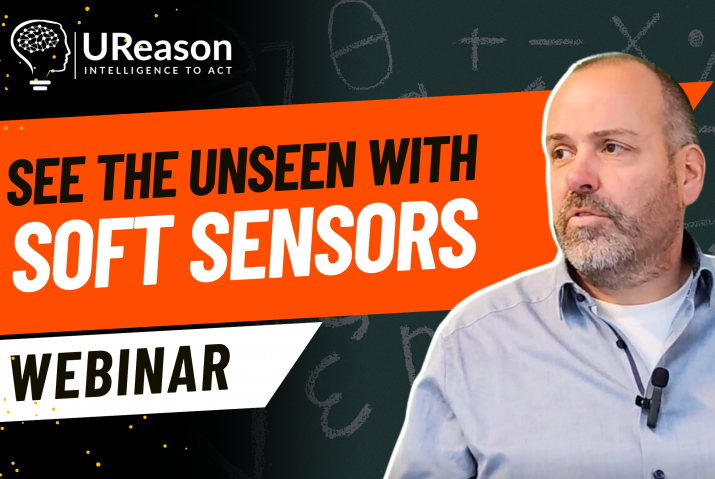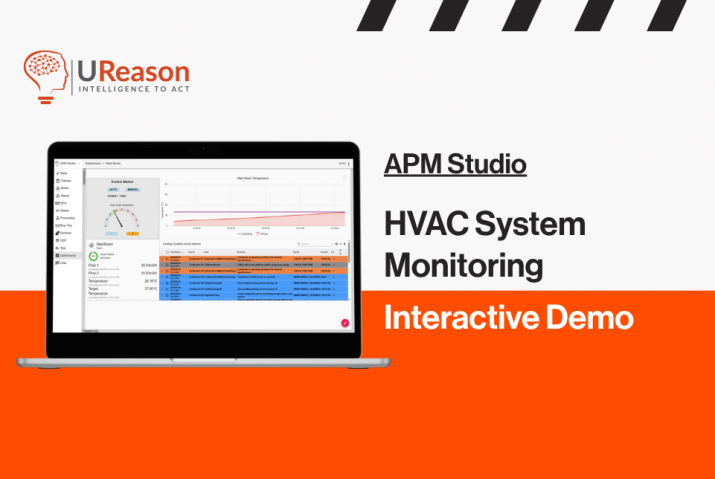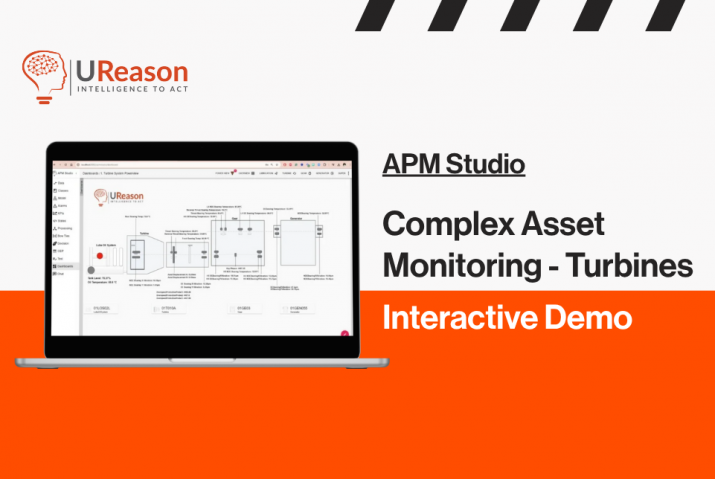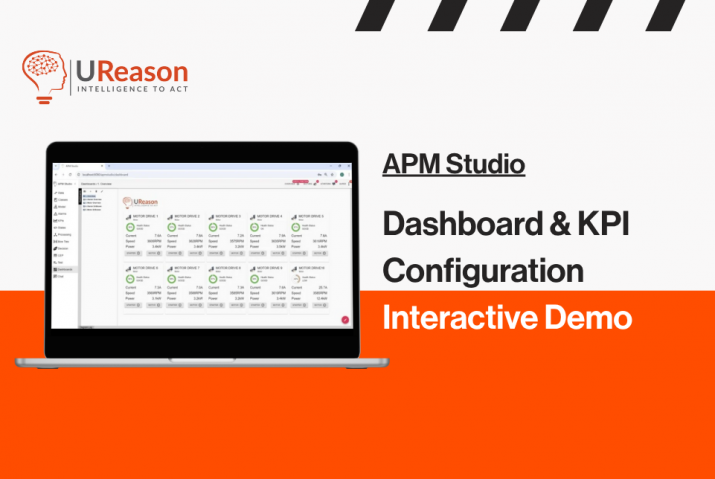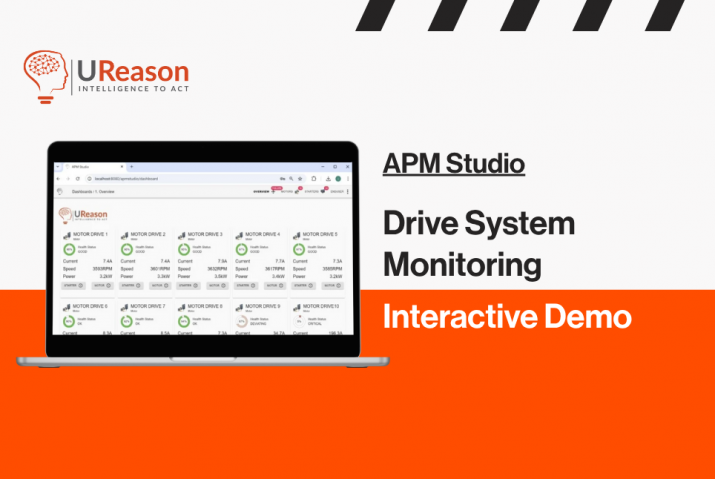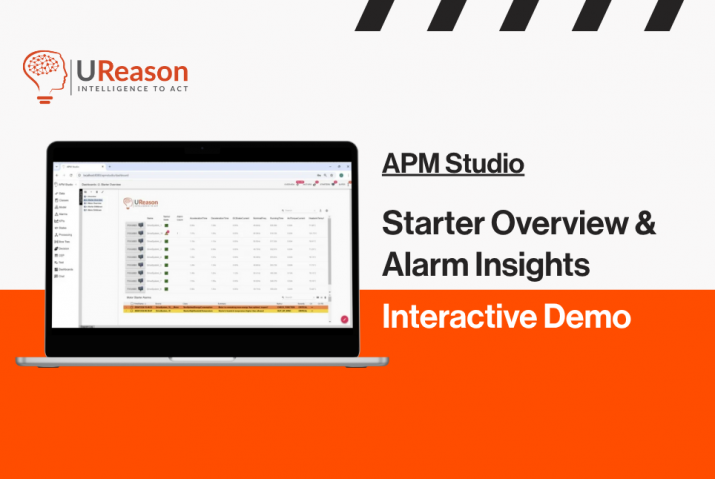Managing a fleet of control valves efficiently, at one or multiple sites, can significantly impact both your operational and capital expenditures. Extending on the earlier example in refining a typical number of control valves per 1000 bbl./day production is 100. Hence there is scale and ample opportunity to save on costs.
There are several different strategies that allow you to save on OPEX and CAPEX costs for the management of control valves. Below we have worked out the most common we come across, and customers ask us for support in.
Operational Expenditure (OPEX) Savings:
1. Continuous Monitoring & Diagnostics: Implementing a proactive (when needed) maintenance schedule for control valves to address issues detected and prevent unexpected failures pays off and saves you time and costs in regular on-site, at the asset, inspections. It also extends the lifespan of valves and reduces unexpected downtime. When utilizing the advanced condition monitoring technologies, provided by the Control Valve App, helps identify potential issues before they lead to failures, allowing for targeted maintenance activities.
2. Energy Efficiency Measures: Optimizing control strategies helps to enhance energy efficiency. Properly functioning control valves can contribute to energy savings by ensuring that processes are operating at optimal conditions (also see the article Controlling the Control Valve).
3. Spare Parts Management: Maintaining an efficient spare parts inventory saves on both the OPEX and CAPEX side. On the OPEX side, having the right spare parts on hand can reduce downtime by allowing for quick repairs. However, avoid overstocking (CAPEX) to minimize unnecessary costs.
4. Benchmarking and Performance Analysis: Conduct benchmarking and performance analysis to identify underperforming valves. By addressing inefficiencies and optimizing performance, you can improve overall operational efficiency and reduce energy consumption.

Capital Expenditure (CAPEX) Savings:
1. Lifecycle Cost Analysis: Conducting a thorough lifecycle cost analysis when selecting control valves is essential but often skipped. Ask your EPC to consider this if you don’t do this yourself! Consider not only the initial purchase cost but also factors such as maintenance, energy consumption, and expected lifespan. Choosing valves with lower overall lifecycle costs can lead to significant CAPEX savings.
2. Standardization of Valves: Standardize control valve specifications where possible. Using a consistent set of control valves can simplify inventory management, reduce the need for different spare parts, and streamline maintenance training and procedures.
3. Upgrades and Retrofits: Instead of replacing entire control valves, consider upgrades and retrofits. Upgrading components or adding modern technologies to existing valves can enhance performance at a lower cost compared to purchasing entirely new equipment.
4. Supplier Relationships: Build strong relationships with control valve suppliers. This may lead to cost discounts, preferential pricing, or enhanced support services, especially for long-term partnerships.
5. Energy-Efficient Valve Designs: Choose control valves with energy-efficient designs. Newer valve technologies may offer better energy efficiency, contributing to long-term operational savings.
6. Instrumentation and Automation Integration: Integrate control valves with advanced instrumentation and automation systems. This integration can improve overall system efficiency and reduce the need for manual intervention, leading to long-term cost savings. Have a look at FOCUS-1 they embed our APM software for diagnostics, prognostics and control and simplify the engineering and instrumentation needs of control loops.
By implementing a combination of these strategies, you can optimize the management of your control valve fleet, resulting in reduced OPEX and CAPEX costs, improved operational efficiency, and enhanced overall performance.

